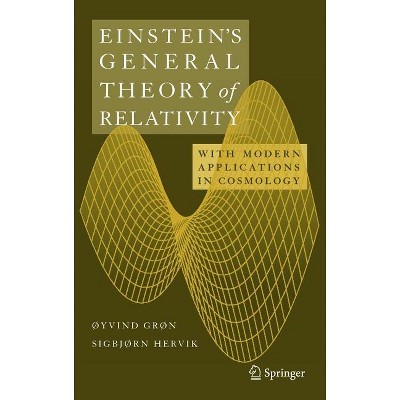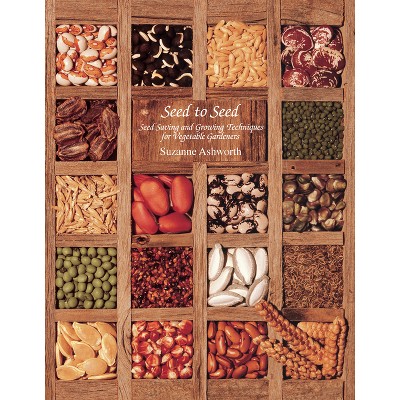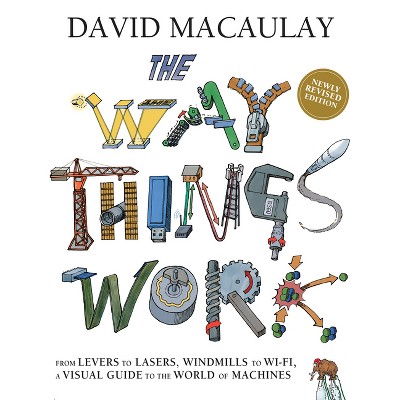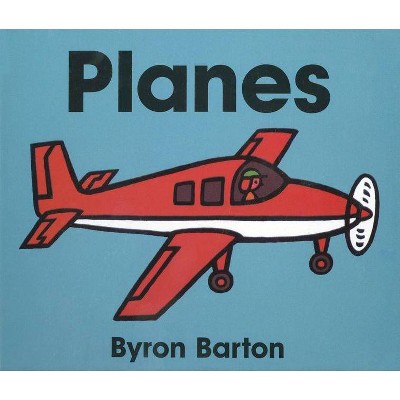Sponsored

Bull Threshers and Bindlestiffs - by Thomas D Isern (Paperback)
In Stock
Sponsored
About this item
Highlights
- Bull Threshers and Bindlestiffs is a panorama on a continental canvas: the Great Plains of North America, stretching from Texas to Alberta.
- Author(s): Thomas D Isern
- 264 Pages
- Technology, Agriculture
Description
About the Book
This book is a profusely illustrated study of a complex, vigorous regional culture concerned with the production of wheat--a culture that centered around the annual harvest and declined with the advent of the combine. This is an examination of the interaction of culture, environment, and technology with import for the fields of agricultural history and regional history.Book Synopsis
Bull Threshers and Bindlestiffs is a panorama on a continental canvas: the Great Plains of North America, stretching from Texas to Alberta. Onto this surface the author lays the large features of regional practice in the harvesting and threshing of wheat during the days before the combined harvester--harvesting with binder and header, threshing with bull thresher and steam engine. Into the picture he places the key figures who accomplished the task of gathering the grain--the farm men and women, the custom threshermen, and the bindlestiffs, or itinerant laborers. Affectionately he sketches the small details of folklife that comprised the everyday work and culture of the wheat belt--building shocks, loading racks, constructing stacks, pitching bundles into the separator, hauling water to the engine, drinking deep from the crockery water jug. Bull Threshers and Bindlestiffs is a profusely illustrated study of a complex, vigorous regional culture concerned with the production of wheat--a culture that centered around the annual harvest and declined with the advent of the combine. This is an examination of the interaction of culture, environment, and technology with import for the fields of agricultural history and regional history. More than that, with its grassroots research, its descriptions of tools and customs, and its lavish illustrations, it is a re-creation of a proud phase of regional life previously captured only in yellowed albumen photographs.Review Quotes
"Will appeal to anyone interested in agriculture on the Great plains, in the impact of technology on work and culture, or in the rhythms and patterns of men's work."--Pacific Historical Review
"A substantial contribution to the history of agriculture on the plains and one suitable for those interested in the finer aspects of harvesting and threshing."--Montana The Magazine of Western History
"This book is a landmark in American agricultural history. While the photographs, illustrations, and charts are excellent, Isern's thoughtful prose, based upon exhaustive research, makes this work one that will be valuable for many years to come."--South Dakota History
"This book is must reading for anyone interested in agricultural history, local and regional history, folklife, and the history of agricultural technology."--Annals of Iowa
"Beautifully written, wonderfully illustrated, and filled with insights into the lives of the people who worked the great inland ocean of grass."--Kansas History
"Isern has produced a volume which is very readable and direct regarding the practices of harvesting and threshing on the northern plains."--Wyoming Annals
"This splendid account, clearly presented and beautifully illustrated, is a major addition to the agricultural and economic history of the region. It will not only be useful to scholars, but also will be of interest to those residents and former residents of the Great Plains who can remember the thrill and hard work of harvesting and threshing a generation or more ago."--Gilbert C. Fite, past president of the Agricultural History Society and the Western History Association
"A major contribution to agricultural history, specifically on the history of the Great Plains. This well-written book will interest agricultural historians as well as people who collect and run old machinery."--Pete Daniel, National Museum of American History, Smithsonian Institution
"A significant contribution because the author has taken a continental approach. . . . Isern is one of the foremost historians of the Great Plains, and he surely will gain further recognition with the publication of this book."--R. Douglas Hurt, author of The Dust Bowl and American Farm Tools
"Here is an example of rare scholarship, thorough and alive. It is a fresh and significant contribution to the history and political economy of the North American plains, essential reading for scholars, students, and farmers in Canada and the United States alike."--James N. McCrorie, executive director, Canadian Plains Research Center

















